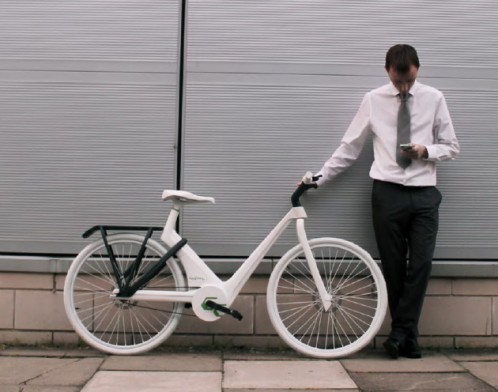 Adam Taylor is an industrial designer in England who is working toward finishing his MA in Future Design. His final project is a new commuter bicycle aimed at changing the everyday commute and working day of typical 9 to 5 office staff. The system consists of the Go Fara service and the bike “Tim”, which he envisions working together to encourage a healthy lifestyle for employees within a company. Adam can explain his concept better than I can, so following is a description in his own words:
Adam Taylor is an industrial designer in England who is working toward finishing his MA in Future Design. His final project is a new commuter bicycle aimed at changing the everyday commute and working day of typical 9 to 5 office staff. The system consists of the Go Fara service and the bike “Tim”, which he envisions working together to encourage a healthy lifestyle for employees within a company. Adam can explain his concept better than I can, so following is a description in his own words:
The Go Fara system and bicycle has been designed to motivate commuters all over the world to reduce their carbon footprint and improve personal health.
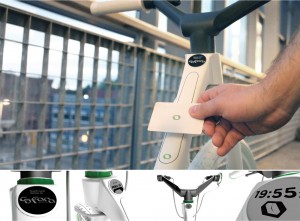 Over 75% of people live within 30 minutes of work and only 24% commute via bicycle. Motivation here is a key problem. Keeping active in a typical 9-5 job is tough; finding the time to exercise is a problem when a person has a variety of other commitments. Go Fara aims to solve these problems through a dual function product.
Over 75% of people live within 30 minutes of work and only 24% commute via bicycle. Motivation here is a key problem. Keeping active in a typical 9-5 job is tough; finding the time to exercise is a problem when a person has a variety of other commitments. Go Fara aims to solve these problems through a dual function product.
The Go Fara system is targeting major corporations to buy the product in batches. From here they can encourage employees to hire these bicycles for free, to commute back and forth from work. Through a self powered smart card system the employers know who is reducing their carbon footprint and can reward these individuals through a “Green employee of the week” system. This shows a concern to the environment and employees health, all the while building the companies green ethos. In addition employees can share their commutes with friends and colleagues and compete through a social medium.
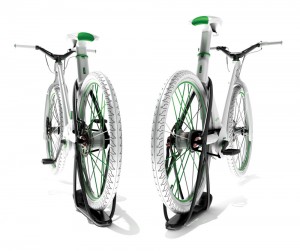 For some employees commuting by bicycle is out of the question, but through the bicycle we call “Tim’s” dual functionality it transforms into an exercise bike through 5 simple steps. The carbon fibre storage unlocks and rotates elevating the rear wheel; a roller system from inside the frame is released applying resistance to give the feel of riding on a normal road.
For some employees commuting by bicycle is out of the question, but through the bicycle we call “Tim’s” dual functionality it transforms into an exercise bike through 5 simple steps. The carbon fibre storage unlocks and rotates elevating the rear wheel; a roller system from inside the frame is released applying resistance to give the feel of riding on a normal road.
The company can now allow 20 minutes a day for their employee to have a break and become refreshed through a moderate intensity workout, in or outdoors.
The onboard computer is completely self powered via an internal dynamo hub, which powers the OLED front light, the E-ink display, smart card system and also the general cyclometer.
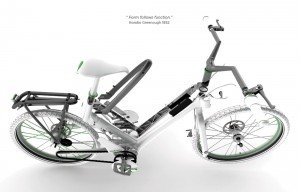 A complete poly carbonate frame provides adequate strength and durability needed to provide a lightweight and affordable frame. The product is fully sustainable and adjustable to suit sizes from the 5th to 95th percentile.
A complete poly carbonate frame provides adequate strength and durability needed to provide a lightweight and affordable frame. The product is fully sustainable and adjustable to suit sizes from the 5th to 95th percentile.
Tim can be manufactured at an affordable cost and also recycled with ease once its lifetime is over, giving it a high green rating. The organic shape shows fluidity to attract attention and make users want to try the system, enabling more commuters to become healthy through green design.
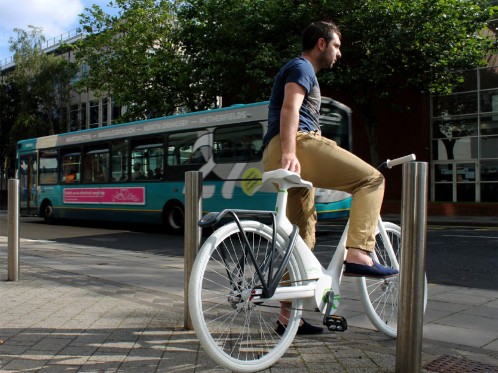
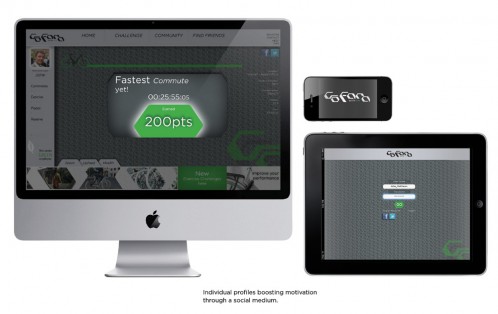
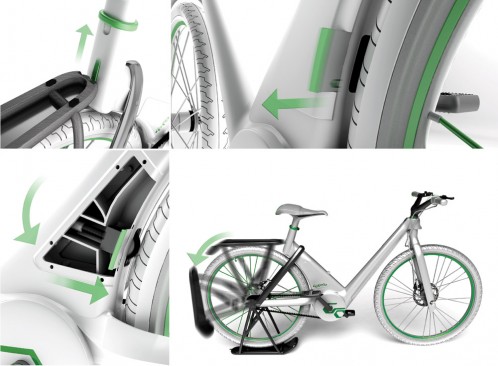
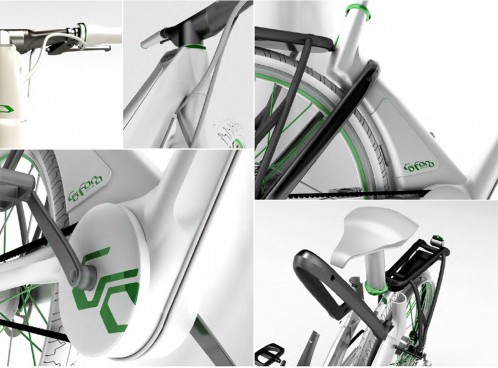
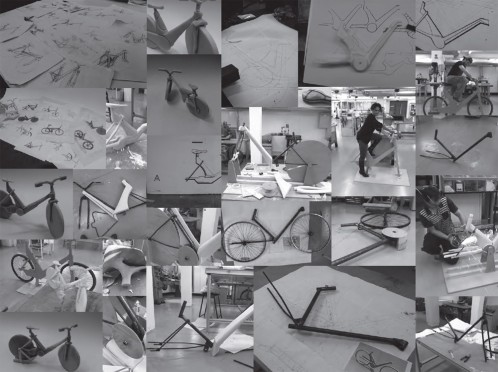
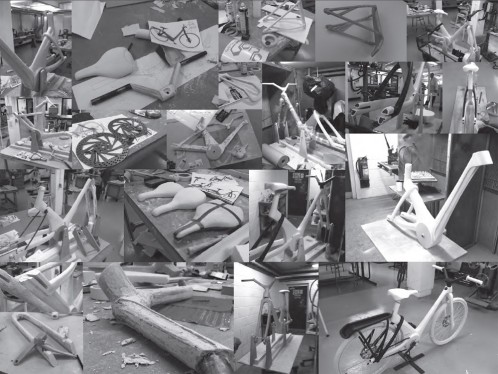

Leave a Reply